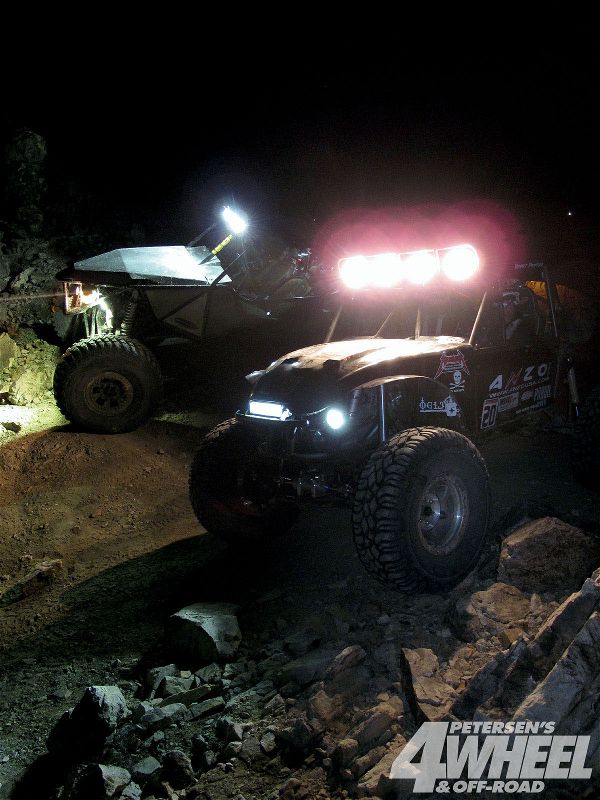
 Fred Williams
Brand Manager, Petersen’s 4Wheel & Off Road
Fred Williams
Brand Manager, Petersen’s 4Wheel & Off Road
Back in the '80s adding lights to your truck was more important than a winch, lockers, or lower gears. Luckily times have changed and we've all realized that performance outweighs the good looks of 10 Beam Blasters on a triple-double rollbar above your regular cab pickup (plus, most of us have cut off our mullets). That said, lighting is still very important. Just try and go on a night run without it.

Off-road lights are now available in every size and shape to fit your wheeling rig and the terrain you're looking to cross after the sun goes down. Whether you want a big long pencil beam to see hundreds of yards in front of you or a wide flood to fill in every crack and crevice just beyond your hood, there is something on the market for you. With the technologies constantly growing in halogen, HID, and LED (more on these later), the choices can be overwhelming and exhilarating. We spent a few days in the shop wiring up and mounting some different styles of lights and then hit the dirt after dark to help you see better when trying to choose your next set of night lights.
PhotosView Slideshow

 PhotosView Slideshow
PhotosView Slideshow


 PhotosView Slideshow
PhotosView Slideshow


 PhotosView Slideshow
PhotosView Slideshow


 PhotosView Slideshow
PhotosView Slideshow

